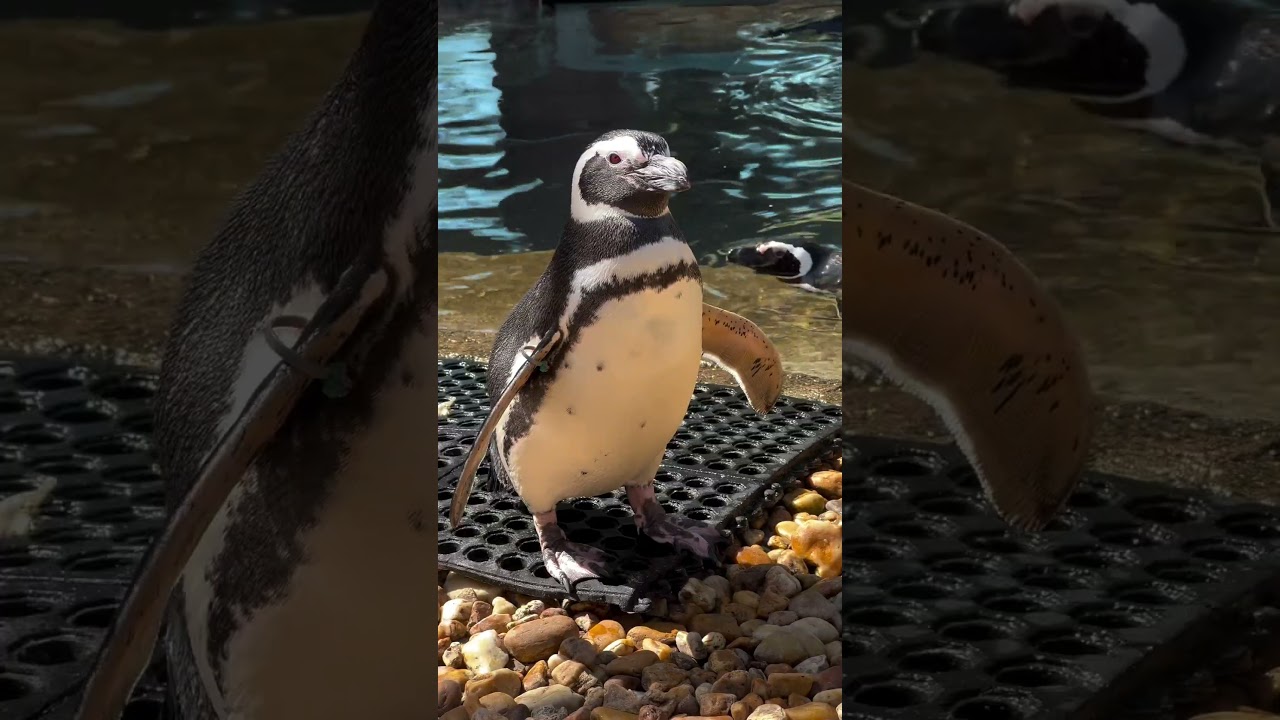– Insights into penguin biology and behavior
– The role of zoos in wildlife conservation and education
– Behind-the-scenes operations in penguin care and management
– Technological advancements in the field of zoology related to penguin research
– Ethical considerations in wildlife conservation and zoo management
Penguins, flightless birds primarily found in the Southern Hemisphere, present a compelling case study in zoological observation and conservation efforts. These fascinating creatures, known for their distinctive black-and-white plumage and upright stance, offer valuable lessons in animal behavior, environmental adaptation, and the challenges of wildlife preservation.
Zoos play a critical role in educating and conserving wildlife, including penguins. By providing a safe habitat for these animals, zoos contribute to the research and understanding of various species, which can inform broader conservation initiatives in the wild. Get Behind the Scenes with Penguins! It offers an unparalleled opportunity to explore the detailed care, management, and scientific study that goes into preserving and understanding penguin species.
One of the core aspects of behind-the-scenes operations in penguin care involves creating environments that closely mimic their natural habitats. This includes regulated temperature zones, appropriate water salinity levels, and landscapes supporting penguins’ physical needs and social behaviors. Such efforts are crucial for the welfare of captive penguins and for the success of breeding programs aimed at increasing population numbers, especially for endangered species.
Technological advancements have significantly enhanced the zoology field, particularly in monitoring and studying penguin behavior and physiology. GPS tracking devices, for example, are used to study the migration patterns and foraging behaviors of penguins in the wild. This information is vital for conservation strategies, as it helps identify critical habitat areas that need protection. Similarly, zoos’ sophisticated enclosure designs and environmental controls emulate natural conditions, promoting healthy behaviors among captive penguins and offering visitors an insightful look into their world.
Ethical considerations form the foundation of wildlife conservation and zoo management, especially concerning species like penguins. Debates often arise over the morality of keeping wild animals in captivity. However, many zoos prioritize the welfare of their inhabitants, utilizing enclosures not as mere exhibits but as spaces for education, research, and conservation. Programs like Get Behind the Scenes with Penguins! Emphasize the importance of conservation education, aiming to foster a deeper understanding and appreciation for these animals among the public. This, in turn, supports broader conservation efforts by highlighting the challenges penguins face in the wild, including climate change, overfishing, and habitat destruction.
Wildlife conservation is vast and complex, yet initiatives like Get Behind the Scenes with Penguins! Play a crucial part in bridging the gap between humans and the natural world. By offering a closer look at the daily care, scientific research, and conservation efforts surrounding penguins, such programs contribute to preserving these remarkable creatures and inspire a commitment to environmental stewardship among visitors. As we continue to face global environmental challenges, understanding and supporting the role of zoos in conservation and education becomes increasingly important.
*****
Source Description
Make your next Zoo visit even more special by booking an exclusive behind-the-scenes experience with amazing animals like penguins, elephants, and flamingos! Our Interpretative Specialists welcome conservationists like you to foster a deeper connection with wildlife and wild places through these educational and interactive experiences. Reserve your spot today; spaces are limited! Tickets must be purchased one week in advance.

